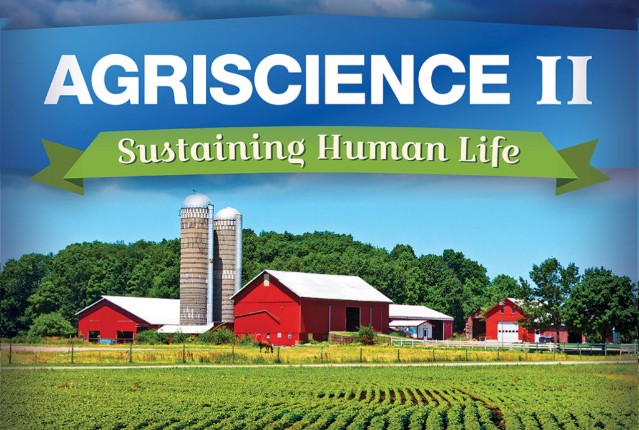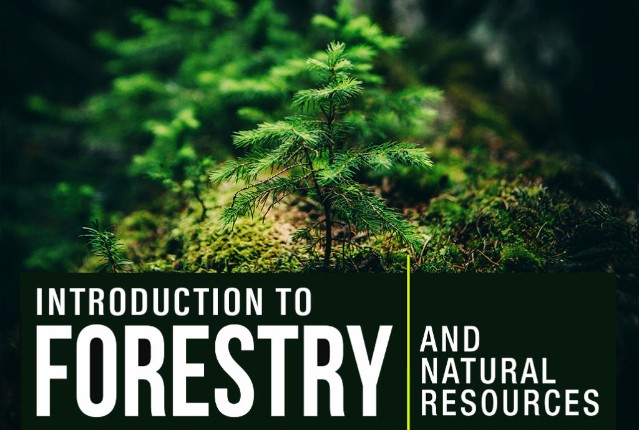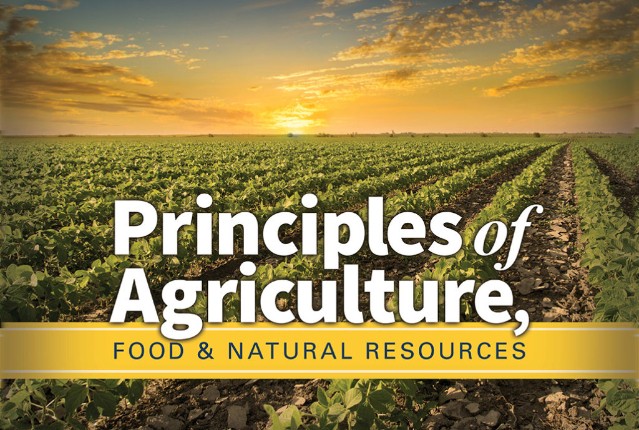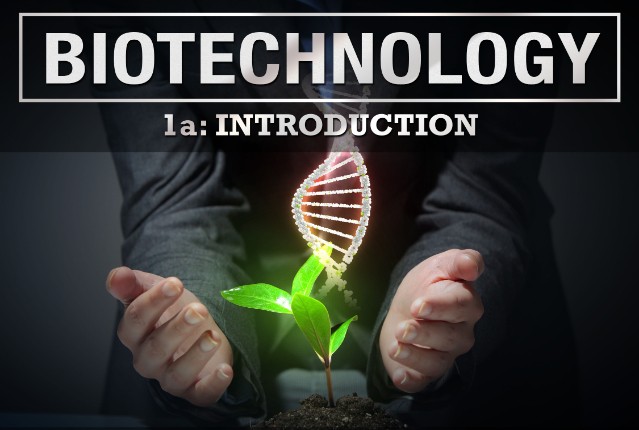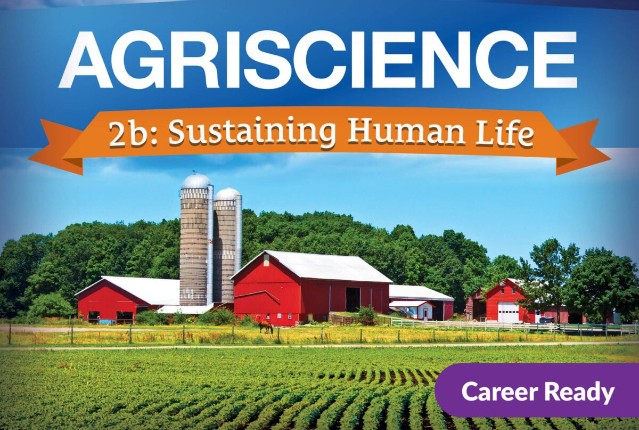
Agriscience 2b: Sustaining Human Life
Are you ready to embark on a botanical adventure? From home gardens to farms, dive into the world of plants and discover how to keep your plants thriving! This course provides an overview of the principles of landscape design, including the tools that help with planning and application to residential projects. Learn how to transplant and propagate, manage pests and diseases, and keep plants healthy through the proper use of pruning and weeding. Explore horticulture’s impact on the environment and the role that you play. This course is your ticket to a greener and more vibrant world.
Review course outlineAccess for a year
USD 299.00*
* Choose more courses to get a discount
